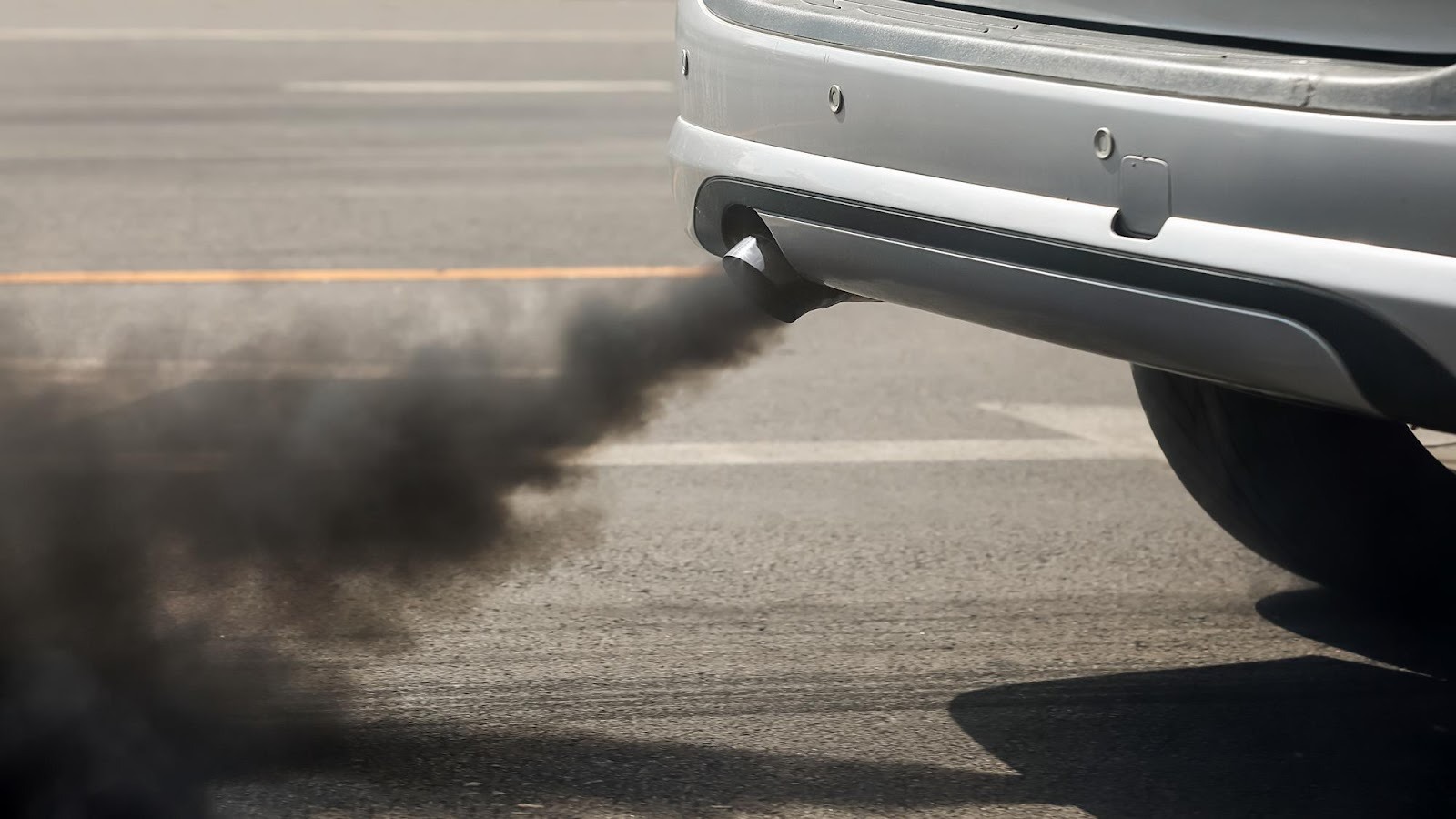What is EGR Blocking and Why Do Many Thai Drivers Do It?

(Photo credit: chemistryworld)
If you’ve driven a diesel car for a while, you’ve probably heard the term “EGR blocking” quite often, especially in car communities or repair shops. But what exactly is EGR, and why do so many Thai car owners choose to block it?
EGR (Exhaust Gas Recirculation) is a system designed to reduce emissions by recirculating a portion of exhaust gases back into the combustion chamber. This lowers combustion temperatures and reduces nitrogen oxide (NOx) emissions, which are harmful to the environment.
However, in real-world use, the EGR system introduces exhaust gases back into the clean air intake, leading to soot buildup and carbon deposits inside the intake manifold and valves. Over time, this can cause sluggish performance, reduced fuel efficiency, and occasional engine hesitation. That’s why many drivers choose to block or disable the EGR—to keep the intake cleaner and make the engine respond faster.
Why is EGR blocking popular in Thailand?
- Diesel vehicles here are often used heavily—long-distance driving, carrying loads, or off-road use.
- Drivers want better throttle response and more power without exhaust gas re-entering the system.
- It’s relatively inexpensive to block the EGR compared to the perceived benefits.
Things to keep in mind:
While blocking the EGR may improve performance and reduce soot buildup, it also increases emissions. In some countries, this modification may cause legal or inspection issues.
In short, EGR blocking is a trade-off—you may gain performance, but it comes at the cost of higher emissions. For many Thai drivers, the balance tips toward performance, which is why it has become so common.
Claim your free car valuation today!
Read More: Sell your car for the highest price in 24 hours
Looking for a car appraisal? You can contact us for a free car valuation within 24 hours…
